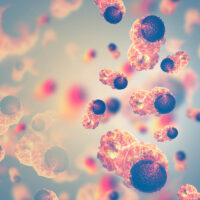
7 foods that can help fight against arthritis
Arthritis is a chronic condition that causes tenderness and swelling of joints due to inflammation. There are many types of arthritis, but joint pain and stiffness are common symptoms noticed in older adults. The symptoms worsen with increasing age. Although arthritis has no cure yet, its symptoms can be managed. Various remedies can be used to alleviate the symptoms. Some foods can even help in easing inflammation. Listed below are seven such foods. Garlic Foods from the allium family like ginger and onions have proven more than effective for arthritis patients. Garlic, especially, is well-known in the fight against multiple diseases. The compound diallyl disulphide present in it limits the count of cartilage-damaging enzymes. Additionally, garlic enhances certain immune cells that help strengthen the immune system. Fish Known for their high protein content, fish have also proved useful in greatly reducing inflammation due to arthritis. Fishes like salmon, mackerel, and trout are rich in omega-3 fatty acids, which, according to experts, is a lethal weapon against arthritis and its related symptoms. Experts recommend three or four ounces of fish twice every week. Apples Apples should be an imperative part of your diet especially if you suffer from rheumatoid arthritis. They are packed with nutrients and vitamins of multiple forms.
Read More. 














